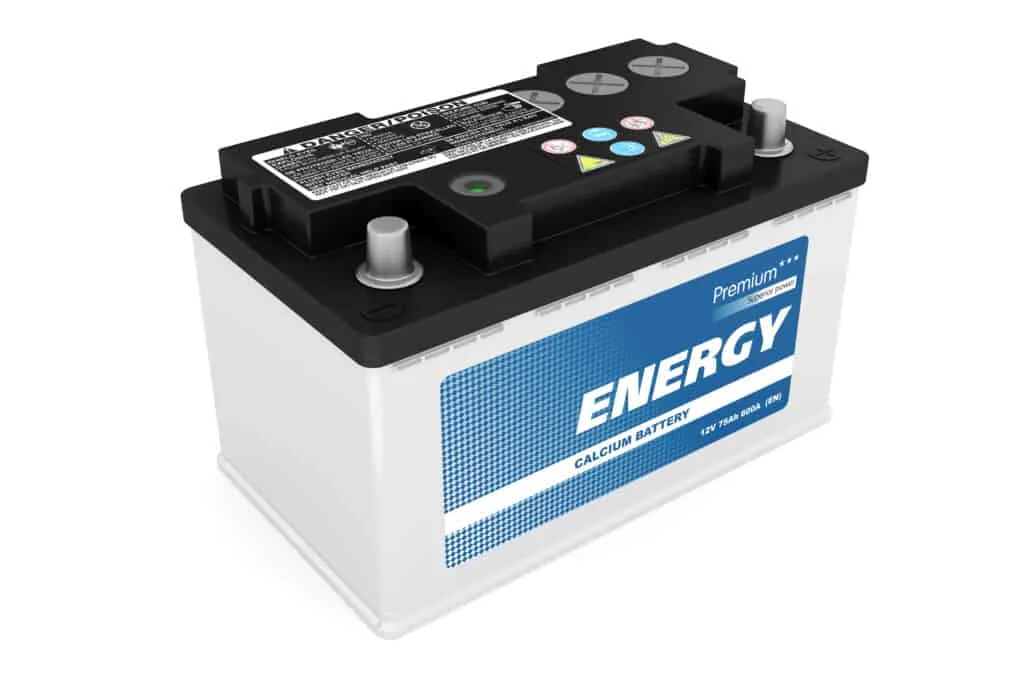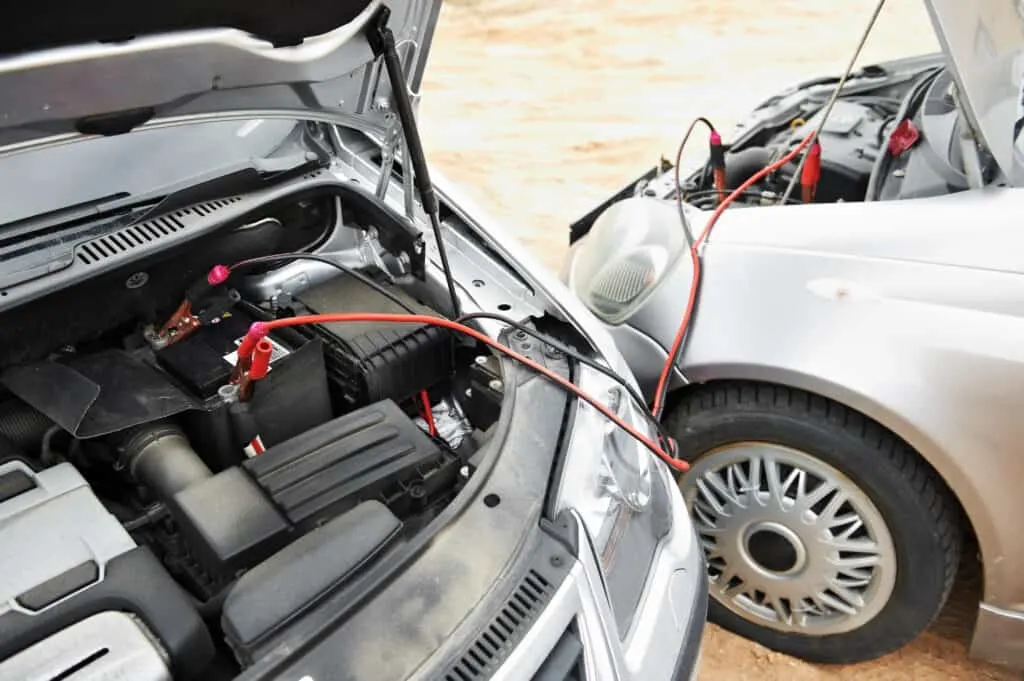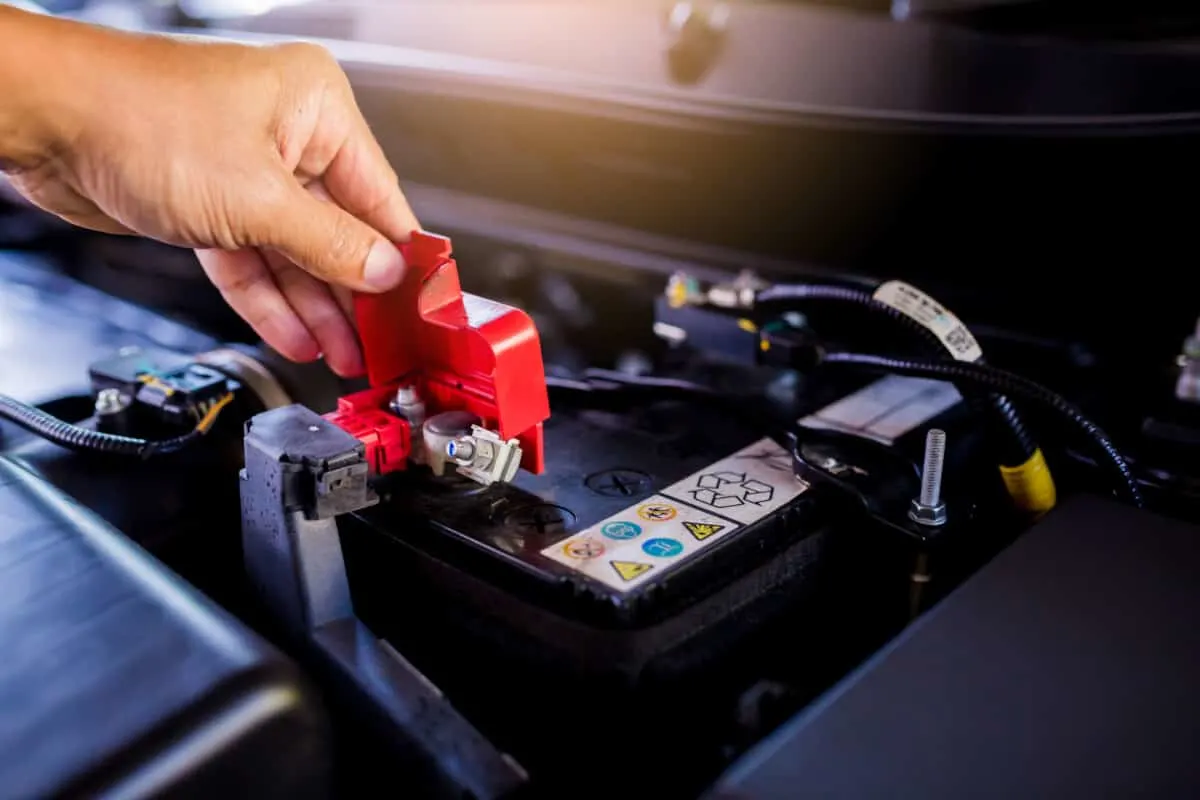Whether you are running late or just out driving, having a dead car battery can be frustrating and a hassle. Sometimes, we wish there was a car battery that would just charge itself or never die. So, is it possible to have a car battery that recharges itself?
Car batteries are recharged when the alternator converts mechanical energy from the crankshaft into electrical energy to charge the battery. This only happens when the car is being driven or is idling. Fully dead batteries can be jump started, but will eventually need replacing.
While technically car batteries do not recharge themselves, the alternator does provide power that will recharge the battery when the car is driven. A more accurate phrasing would be that a car battery “gets charged,” instead of a car battery charges itself.
I will explain more about how the battery gets charged and what you can do if your battery gives out on you!
How the Battery Charges
We have established that car batteries need to get charged and that they do not charge themselves. This is the first step to understanding how the car battery recharges just like your phone battery does.
When you need to jump-start your battery, there are mechanics put in place to help the car get started. In every car battery, there are two lead plates submerged in distilled water and sulfuric acid.
These plates are connected to terminals that each have a nub that sticks out of the battery. These are the places where you clamp the jumper cables when jumping your car.
When jump-starting or when starting your car like normal, a jolt of electricity gets the battery going. The alternator acts as a generator and uses an electromagnet to keep the battery powered and running.
By powering the battery, the alternator also charges the car’s battery so that it will have enough energy to restart itself the next time the car is turned on.

How to Jump a Battery
Unfortunately, jumping a car battery is a very common occurrence and almost everyone will have to do it at some point in their lives!
Because of how frequently cars need to be jumped, it is very important to know how to safely jump-start a car. Whether it is your car or someone else’s, this knowledge will come in handy.
Steps to Jump-Start a Car:
Step 1: Keep a set of jumper cables in your car.
One of the best pieces of equipment to keep in your car is a set of jumper cables. In the case that your car battery dies, it can be difficult to find someone with jumper cables who is willing to help.
If you keep jumper cables, you will never have to worry about needing to find some.
Step 2: Put both cars in park or neutral with the ignition off.
The parking brake should be engaged as well. By keeping the ignitions off while connecting jumper cables, you greatly reduce the chance of getting hurt by connecting the cables to the battery.
Never let the clamps of the cables touch each other when connected to any vehicle.
The positive terminal is always the bigger terminal.
Step 3: Attach the red clamp to the dead battery.
The very first connection of the cables to a battery should be the red clamp to the positive terminal of the dead car. The positive terminal is often identified by a “POS” or a “+” next to it. If not, then know that the positive terminal is always the bigger terminal.
Step 4: Attach the other red clamp onto the working battery.
Again, make sure that it is connected to the positive terminal of the battery.
Step 5: Attach a black clamp onto the working car’s battery.
This clamp goes on the negative terminal which is usually indicated by a “NEG” or a “-“.
If the battery does not identify it this way, know that the negative terminal is the smaller of the two.
Step 6: Clip the last black clamp onto an unpainted, metal part of the dead car.
To prevent sparking, make sure that the metal part it is clamped on is not near the battery. Always attach red clamps to positive terminals first and then black clamps onto negative terminals.

Step 7: Start the working car and let it run for a few minutes.
This will give the dead battery a chance to be charged a little bit so that it has enough energy to start itself.
Step 8: Attempt to start the dead vehicle.
If it does not start, let the working car run for 5 more minutes and then try again. It might not have been charged enough to get that first jump, so be patient.
This is likely to happen if the voltage of the working car is less than the dead battery.
Step 9: If the car starts, leave the engine on and disconnect the cables.
For safety reasons, only disconnect in this order: black on the dead car, black on the working car, red on the working car, red on the dead car. (Remove the cables in the opposite order you attached them.)
Step 10:Keep the engine on and drive the car around for 15 to 30 minutes.
This will help ensure that the battery is charged more so that when you go to start the car again, it will not need to be jumped again.
Completely Dead Batteries
Not every battery is salvageable when it dies. This means that sometimes batteries die because they are completely out of juice.
Batteries are consumable objects, and while they can be recharged, they all have a time when they cannot hold a charge anymore and need to be replaced.
If your car needs frequent jump starts, then that is a sign of your battery not holding the charge very well.
When a battery refuses to be jump-started or it needs to be jump-started pretty frequently, these are warning signs to get a new battery.
If the battery cannot be started by a jump, then your car definitely needs a new battery. That battery is totally dead and will not be revived.
If your car needs frequent jump starts, then that is a sign of your battery not holding the charge very well. It will soon give out and refuse to start altogether, so replacing the battery sooner rather than later is in your best interest.
